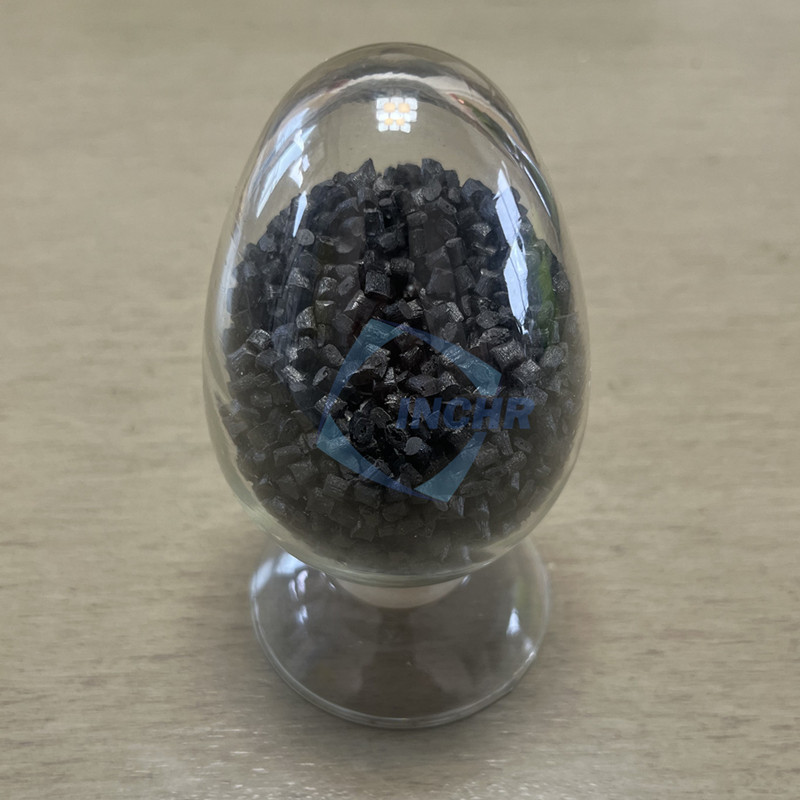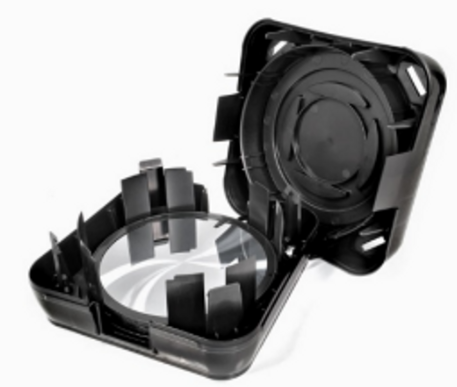Forget heavy steel and temperamental aluminum. A new champion of strength and lightness is rapidly reshaping our world: Carbon Fiber Reinforced Polymer (CFRP). This isn’t just another composite; it’s a fundamental shift in material science, pushing the boundaries of what’s possible across industries hungry for performance and efficiency. While you might know CFRP from high-end sports cars or cutting-edge aircraft, its evolution and expanding applications tell a far more revolutionary story. Prepare to discover how this material is solving age-old engineering challenges and unlocking unprecedented possibilities.
Beyond the Hype: Where Carbon Fiber Reinforced Polymer Truly Shines
The core promise of CFRP – exceptional strength-to-weight ratio – is well-documented. But where is this advantage becoming truly transformative?
Aerospace Ascendancy: Modern aircraft like the Boeing 787 Dreamliner and Airbus A350 are over 50% CFRP by weight. This isn’t just about fuel savings (though 20% reductions are game-changing). It enables revolutionary wing designs that flex optimally for efficiency, larger cabin windows due to superior pressure resistance, and significantly reduced fatigue maintenance compared to metals. The next frontier? Hypersonic travel and next-gen spacecraft, where CFRP’s thermal stability and lightweight properties are non-negotiable.
Automotive Acceleration (Beyond Speed): While supercars flaunt CFRP monocoques, the real revolution is democratizing this tech. High-volume manufacturers are innovating with hybrid structures – CFRP roof panels, trunk lids, driveshafts, and suspension components – strategically placed to lower the center of gravity, improve handling, and boost electric vehicle (EV) range. Every kilogram saved translates directly into extended mileage for EVs. Major OEMs are investing heavily in faster, cheaper production methods like HP-RTM (High-Pressure Resin Transfer Molding) to make CFRP components viable for mass-market models.
Wind Energy’s Silent Giant: Look up at modern wind turbines. Those colossal blades, often exceeding 80 meters, are CFRP masterpieces. Only CFRP provides the necessary stiffness, fatigue resistance, and lightness to capture wind energy efficiently at such scales. As turbines grow taller to access stronger winds, CFRP becomes even more critical. Innovations focus on thermoplastic CFRP blades, potentially enabling easier recycling at end-of-life.
Infrastructure Reimagined: The construction industry, traditionally slow to adopt new materials, is awakening to CFRP’s potential. Its corrosion resistance is a godsend for bridges and marine structures constantly battling the elements. CFRP tendons and wraps are revolutionizing bridge strengthening and seismic retrofitting – projects completed faster, with less disruption, and vastly extended lifespans compared to traditional concrete and steel reinforcement. Pioneering projects are even exploring entirely CFRP-reinforced concrete elements and modular bridge systems.
Medical Marvels: CFRP’s biocompatibility, radiolucency (it doesn’t block X-rays), and strength make it ideal for advanced prosthetics, orthotic devices, and surgical instrument components. Its lightweight nature significantly improves patient mobility and comfort. Research continues into CFRP scaffolds for bone regeneration and specialized implants.

The Engine Room: Manufacturing & Process Innovation
The “how” is as crucial as the “what.” CFRP manufacturing is undergoing its own revolution:
Automation Takes Hold: Automated Tape Laying (ATL) and Automated Fiber Placement (AFP) robots are dramatically increasing production speed and consistency for complex aerospace and automotive parts, reducing costs and human error.
Thermoplastics Rise: Traditional CFRP uses thermoset resins (cured permanently). Thermoplastic CFRP, melted and reformed, offers faster cycle times, improved impact resistance, easier joining (welding), and crucially, enhanced recyclability potential – a major focus for sustainability.
Large-Scale & Out-of-Autoclave (OOA): Autoclaves (giant pressurized ovens) are expensive bottlenecks. OOA processes, utilizing advanced vacuum bagging techniques and novel resin systems, allow for the curing of large structures (like wind blades or automotive body panels) without autoclaves, slashing costs and energy consumption. Continuous processes like pultrusion are perfect for high-volume production of constant-cross-section profiles (e.g., structural beams, reinforcement rods).
3D Printing Enters the Arena: While still maturing for primary structures, additive manufacturing with continuous carbon fiber reinforcement is making strides. It allows for unprecedented design freedom, rapid prototyping of complex geometries, and on-demand production of specialized tooling or end-use parts with optimized fiber paths. Expect exponential growth in this area.
Sustainability & The Circularity Challenge
CFRP’s performance is undeniable, but its environmental footprint, particularly end-of-life management, is a critical focus. Virgin carbon fiber production is energy-intensive. Historically, recycling thermoset CFRP was difficult and costly. However, significant momentum is building:
Recycling Technologies Advance: Pyrolysis (using heat to break down the resin) and solvolysis (using solvents) are becoming more efficient, recovering clean fibers for reuse in less demanding applications (e.g., automotive interiors, consumer electronics housings). Mechanical recycling (shredding) produces shorter fibers for use as reinforcement in new composites or concrete.
Design for Disassembly & Recycling: Engineers are increasingly considering end-of-life during the design phase. This includes using thermoplastic matrices, designing structures with separable joints, and minimizing mixed materials.
The Rise of Recycled Feedstock: Incorporating recycled carbon fiber (rCF) into new composite formulations is gaining traction, reducing reliance on virgin material and lowering the overall carbon footprint. Quality and consistency of rCF are continually improving.
Bio-Based Resins: Research into resins derived from renewable sources (like plants) offers a path to reducing the fossil fuel dependency of CFRP.
The ESD Factor: Ensuring Safety in Sensitive Environments
For applications in electronics, aerospace, and certain medical settings, Electrostatic Discharge (ESD) protection is paramount. Standard CFRP, due to its conductive carbon fibers, can dissipate charge. However, achieving controlled, reliable ESD performance requires specific engineering:
Surface Resistance Management: The resin matrix typically insulates the conductive fibers. Surface treatments or specialized conductive coatings are often applied to ensure a consistent, measurable surface resistance within the safe dissipative range (e.g., 10^4 to 10^11 ohms/square).
Material Selection & Integration: For critical ESD-safe applications (e.g., semiconductor manufacturing tools, electronic device handling fixtures, specialized medical equipment), CFRP components must be designed and potentially treated to meet strict ESD standards (like ANSI/ESD S20.20). This ensures sensitive electronics are protected from damaging discharges.
inchr-esd.com: Your Partner in Advanced Materials Solutions
Understanding the nuances of materials like CFRP, including their electrical properties and ESD implications, is crucial for safe and effective implementation in high-tech environments. At inchr-esd.com, we specialize in providing expertise and solutions for static control challenges. Whether you’re integrating CFRP into ESD-sensitive applications or require comprehensive static management strategies, we have the knowledge and products to ensure your success.
The Future is Woven in Carbon
Carbon Fiber Reinforced Polymer is no longer a niche luxury material; it’s an essential engineering solution driving progress. From lighter, more efficient vehicles soaring through the skies and highways to taller wind turbines harnessing clean energy, and from longer-lasting, resilient infrastructure to life-enhancing medical devices, CFRP is fundamentally altering our physical world. The relentless pace of manufacturing innovation is making it more accessible, while the intense focus on sustainability and recyclability is addressing its environmental responsibilities. The journey of CFRP is far from over – it’s continuously evolving, pushing the limits of design, performance, and responsibility, proving that the future is indeed being forged in fiber.



